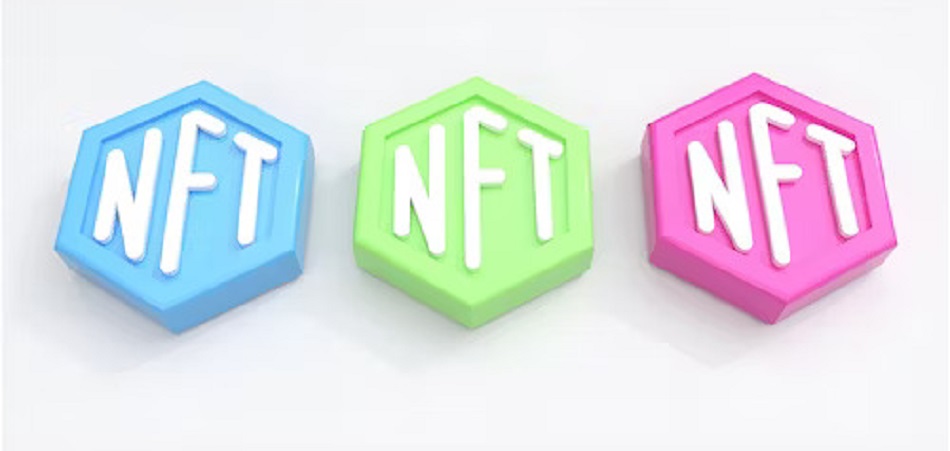Non-Fungible Tokens (NFTs) have taken the digital world by storm, reshaping the landscape of art, entertainment, and technology. These unique cryptographic assets have provided a groundbreaking way for creators to tokenize and monetize their digital works, introducing a new era of ownership and authenticity. In this article, we will delve into the world of NFTs, exploring their origins, impact, and the myriad of possibilities they present in the creative space.
Understanding NFTs
Fundamentally, an NFT is a kind of cryptographic token that on the blockchain signifies ownership of a singular object or piece of content. NFTs are indivisible and cannot be traded one-to-one, in contrast to cryptocurrencies like Bitcoin and Ethereum. The unique information carried by each NFT makes it stand out, which makes it the perfect choice for representing digital assets such as virtual real estate, music, films, and art.
Blockchain technology, specifically Ethereum, plays a pivotal role in the creation and trading of NFTs. Smart contracts on the Ethereum blockchain enable the creation of these unique tokens, providing a transparent and immutable ledger of ownership. The use of blockchain ensures the authenticity and provenance of digital assets, addressing concerns related to piracy and unauthorized duplication.
The Rise of NFTs in Art
NFTs have revolutionized the art world, offering artists a direct path to monetizing their digital creations. Traditionally, digital artists faced challenges in proving ownership and selling their works, as digital files are easily replicable. NFTs solve this problem by establishing a verifiable chain of ownership, giving creators the ability to sell their digital art as unique, limited edition pieces.
Pioneering artists like Beeple have gained international acclaim for selling NFT-based artworks for millions of dollars. The digital art movement has democratized the art market, providing a platform for emerging artists to showcase their talent and be compensated fairly for their work. Additionally, NFTs allow artists to receive royalties each time their work is resold, creating a sustainable income stream.
Expanding into Other Creative Industries
While the impact of NFTs is most visible in the art world, their influence extends to various creative domains. Musicians, for example, can tokenize their music, offering unique collectibles or special editions to fans. This not only creates a new revenue stream for artists but also fosters a closer connection between creators and their audience.
NFTs have also entered the gaming industry, with virtual assets and in-game items being tokenized. Gamers can truly own their virtual possessions, and these assets can be traded across different games or platforms. This interoperability opens up new possibilities for the gaming ecosystem, creating a decentralized marketplace for virtual goods.
Challenges and Criticisms
Despite their revolutionary potential, NFTs have faced criticism on several fronts. Environmental concerns related to the energy consumption of blockchain networks, especially Ethereum, have sparked debates about the sustainability of NFTs. Additionally, issues such as copyright infringement and the potential for speculation bubbles in the market raise questions about the long-term viability of the NFT space.
In response to environmental concerns, some blockchain projects are exploring more eco-friendly solutions. Ethereum itself is transitioning to a proof-of-stake consensus mechanism, which is expected to significantly reduce its energy consumption. However, these developments underscore the need for ongoing innovation and responsible practices within the NFT ecosystem.
The Future of NFTs
As the NFT space continues to evolve, it is evident that this technology is not just a passing trend but a transformative force in the creative industry. The concept of tokenizing ownership can extend beyond digital art and gaming to encompass virtual real estate, virtual goods, and even experiences. Virtual worlds and metaverses are emerging as new frontiers for NFTs, offering immersive environments where users can buy, sell, and interact with digital assets.
The integration of blockchain and NFTs into mainstream industries is a natural progression, as businesses recognize the potential for transparent and secure record-keeping. This could lead to innovations in supply chain management, intellectual property rights, and other sectors seeking decentralized solutions.
Conclusion
Non-Fungible Tokens have opened up a new chapter in the digital age, empowering creators, musicians, gamers, and businesses alike. While challenges persist, the potential for NFTs to redefine ownership, authenticity, and monetization in the creative space is undeniable. As technology continues to advance and the creative industries embrace this revolutionary concept, NFTs are set to play an increasingly prominent role in shaping the future of digital innovation.

